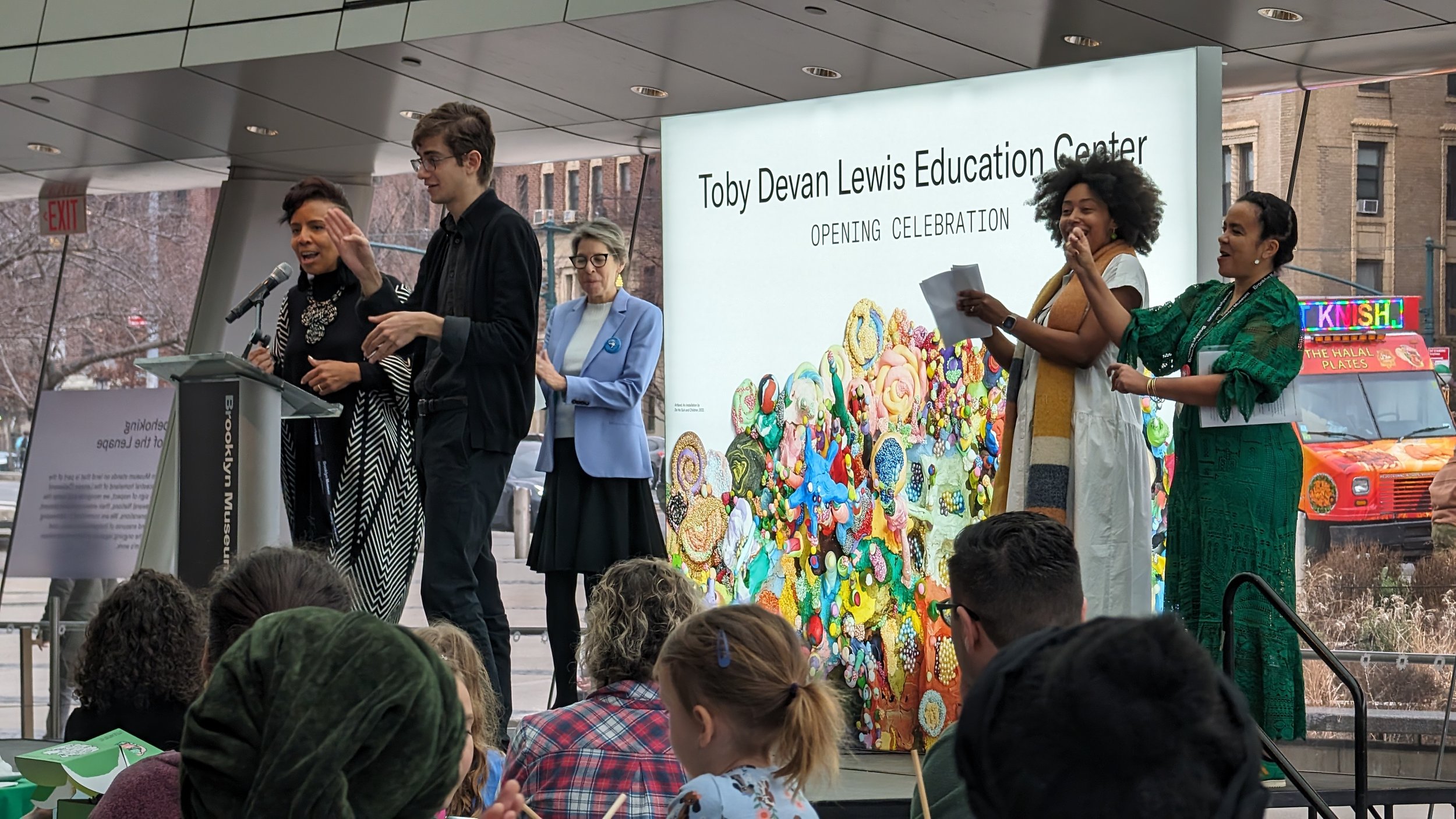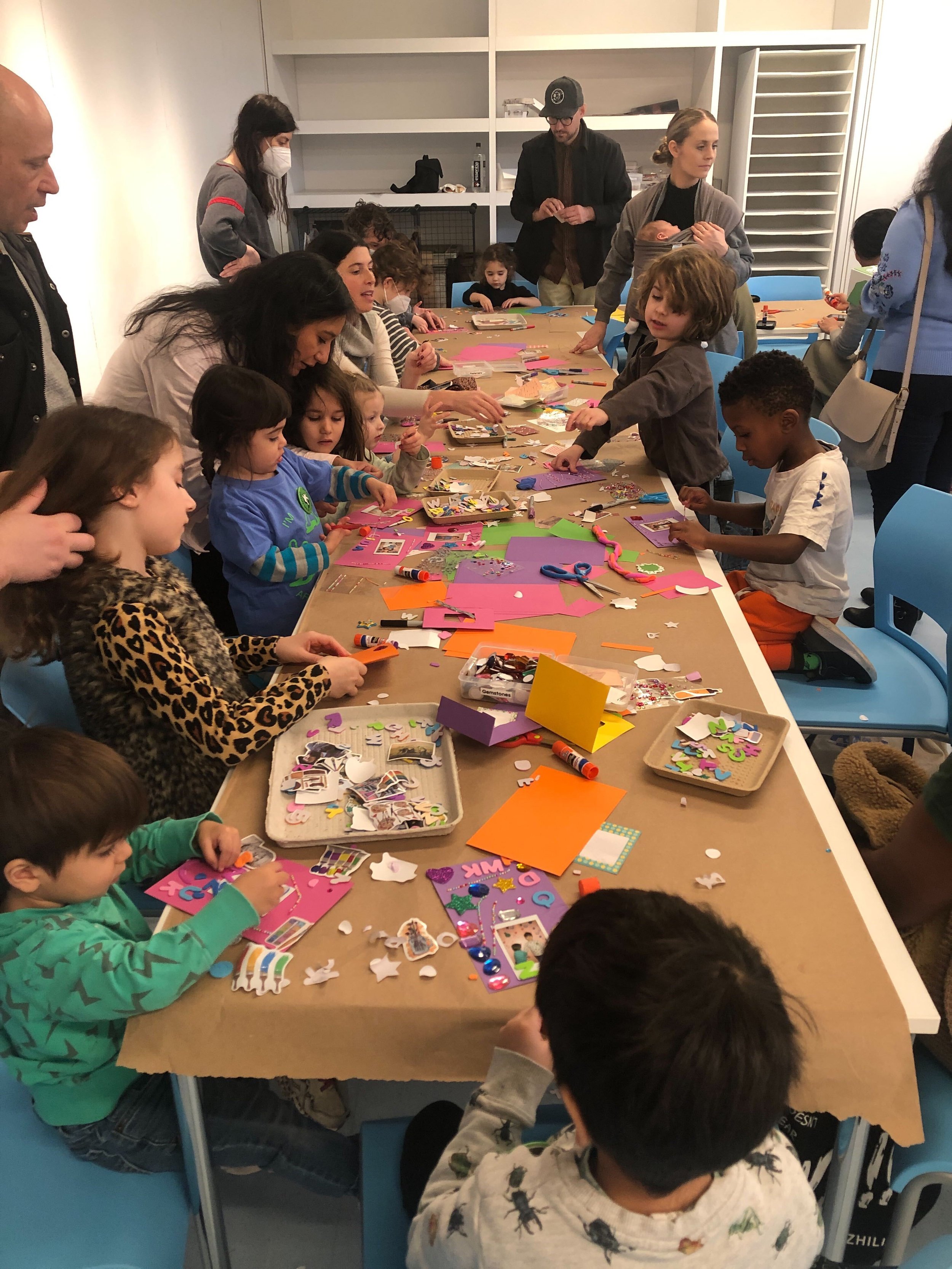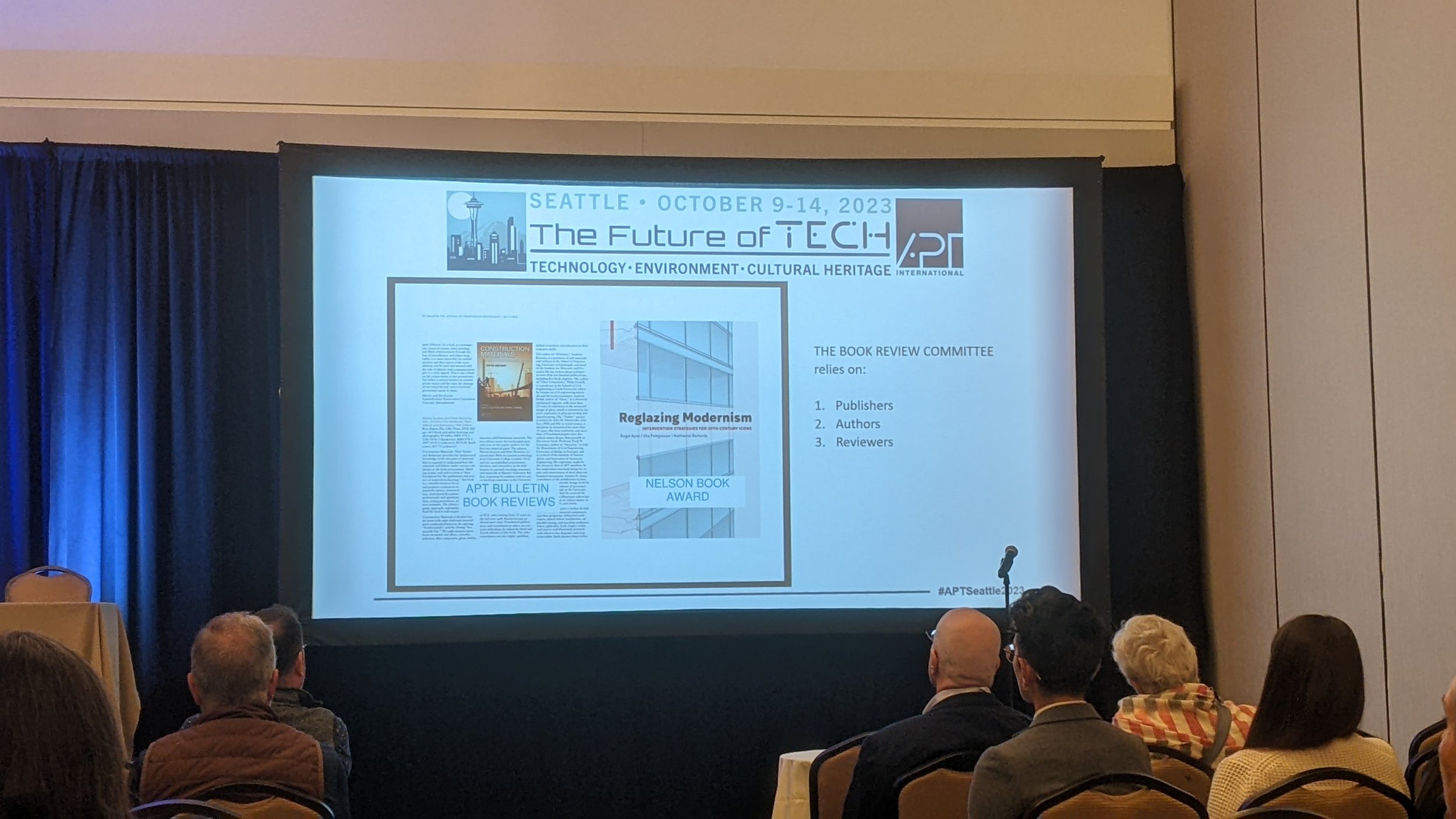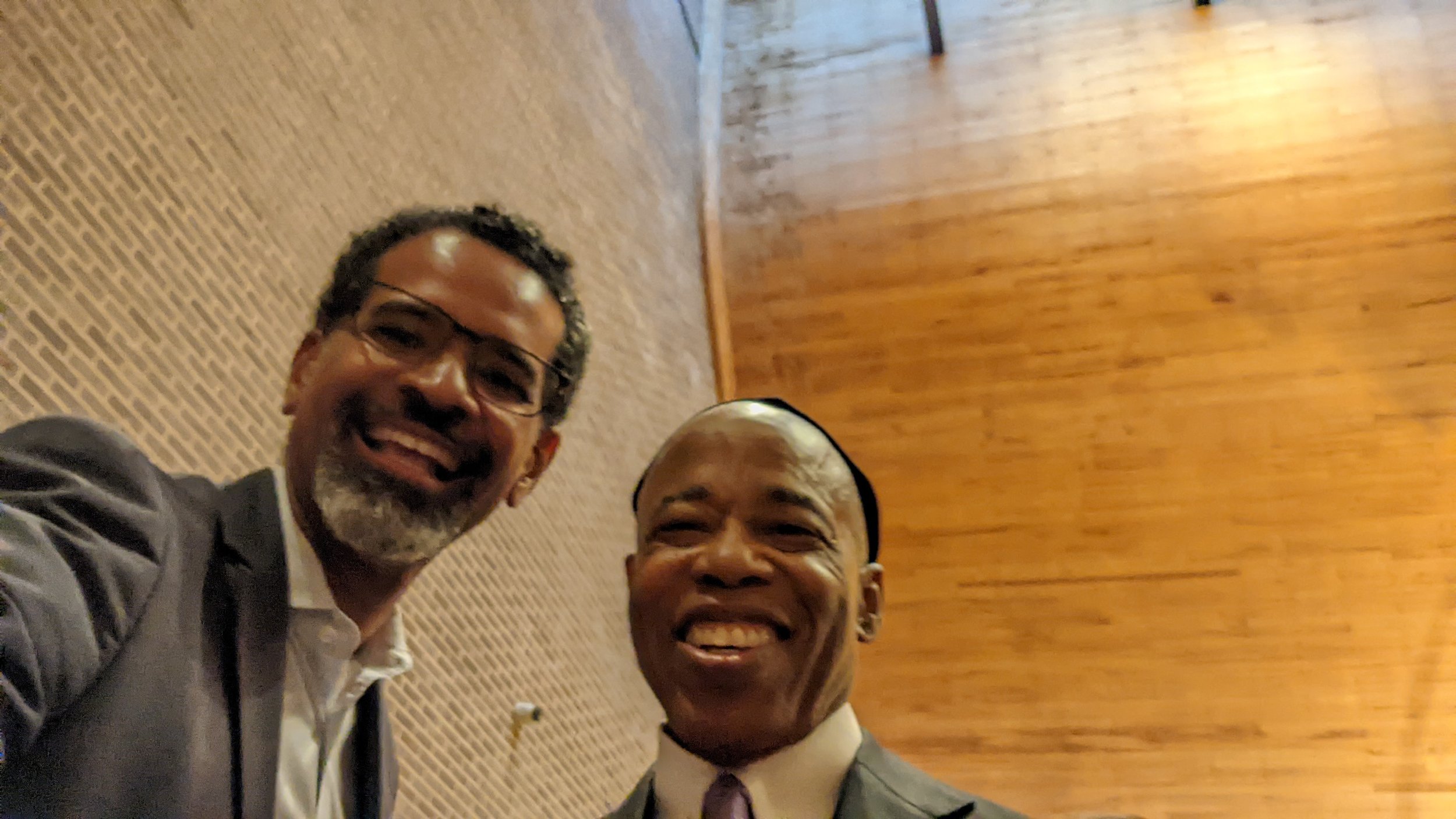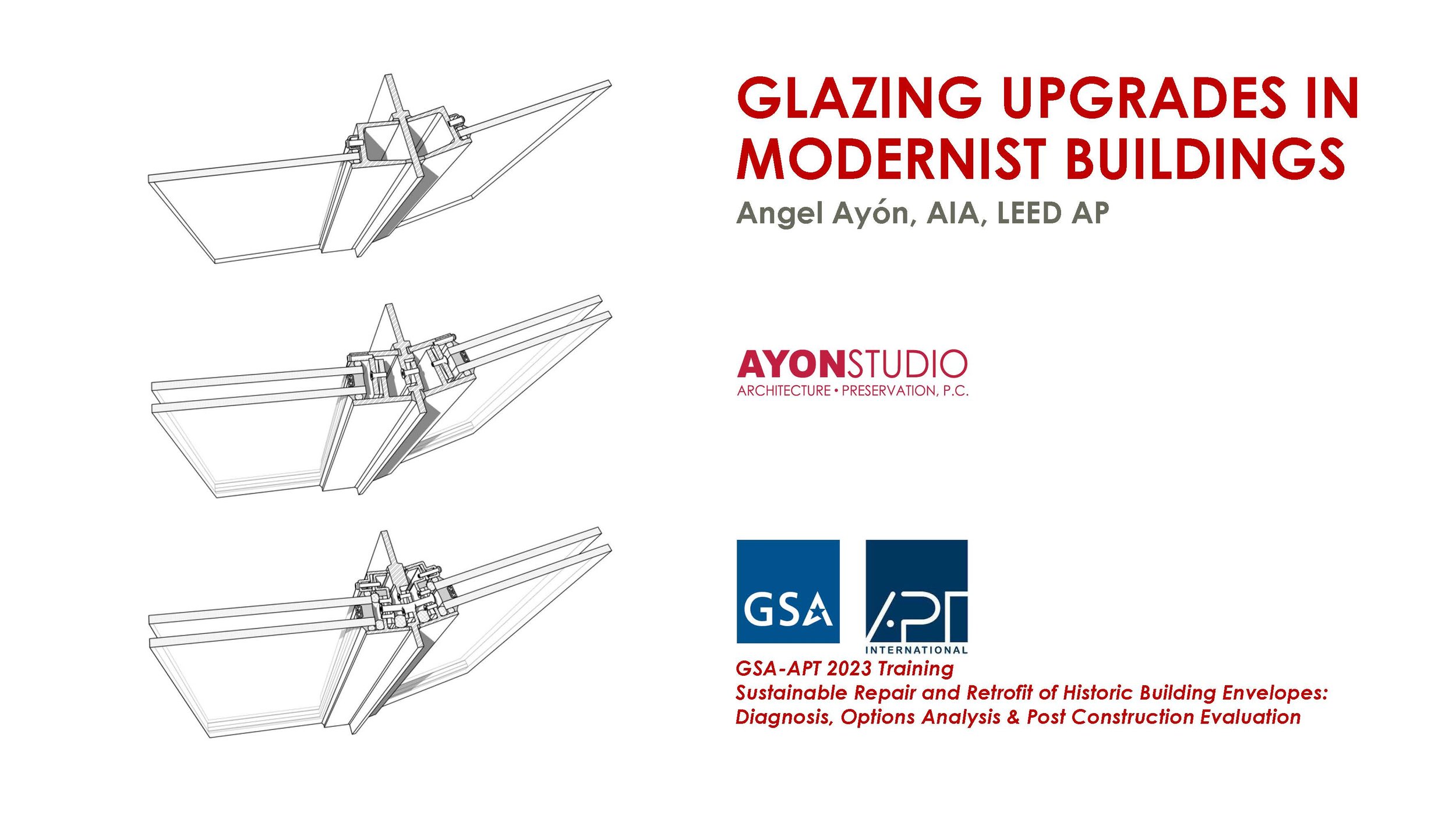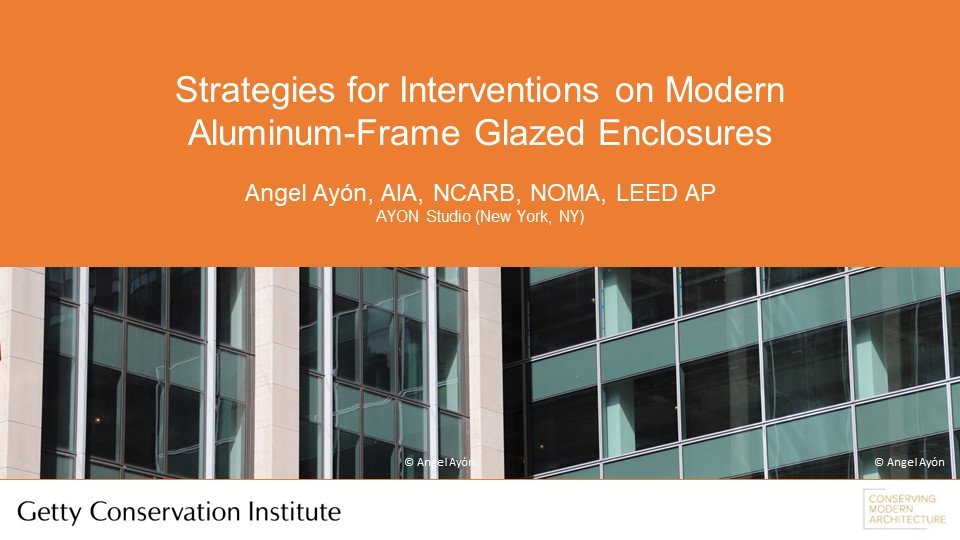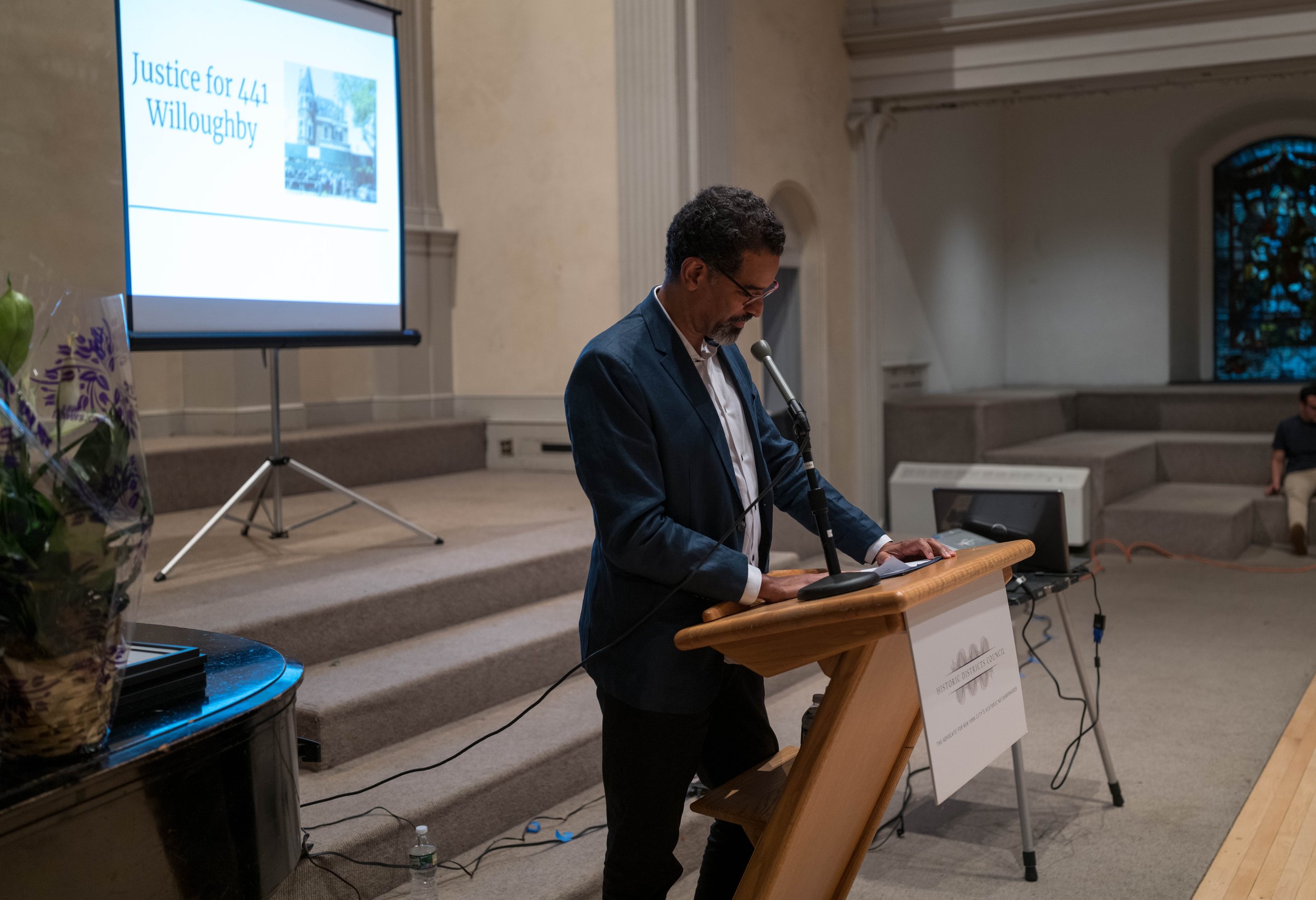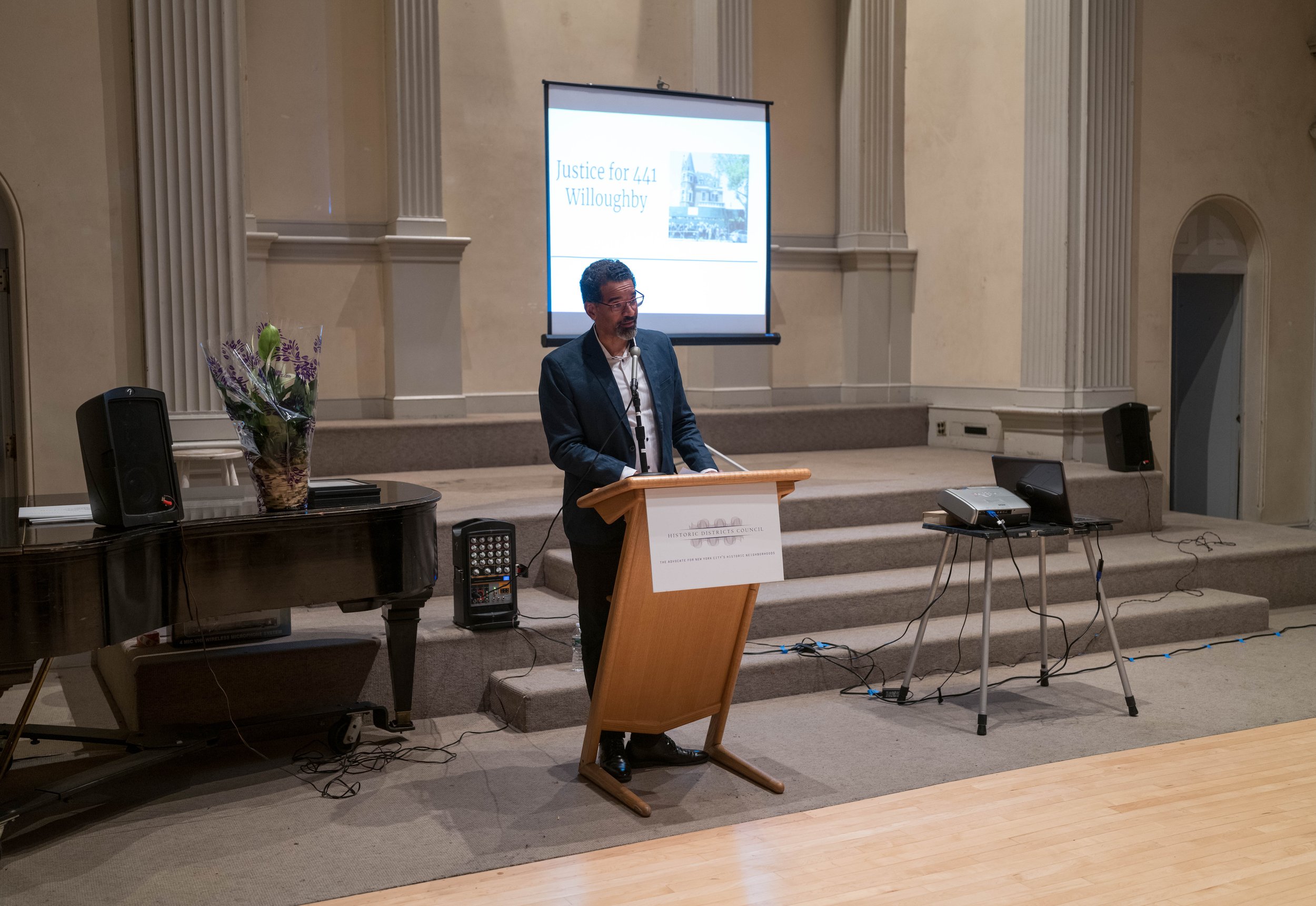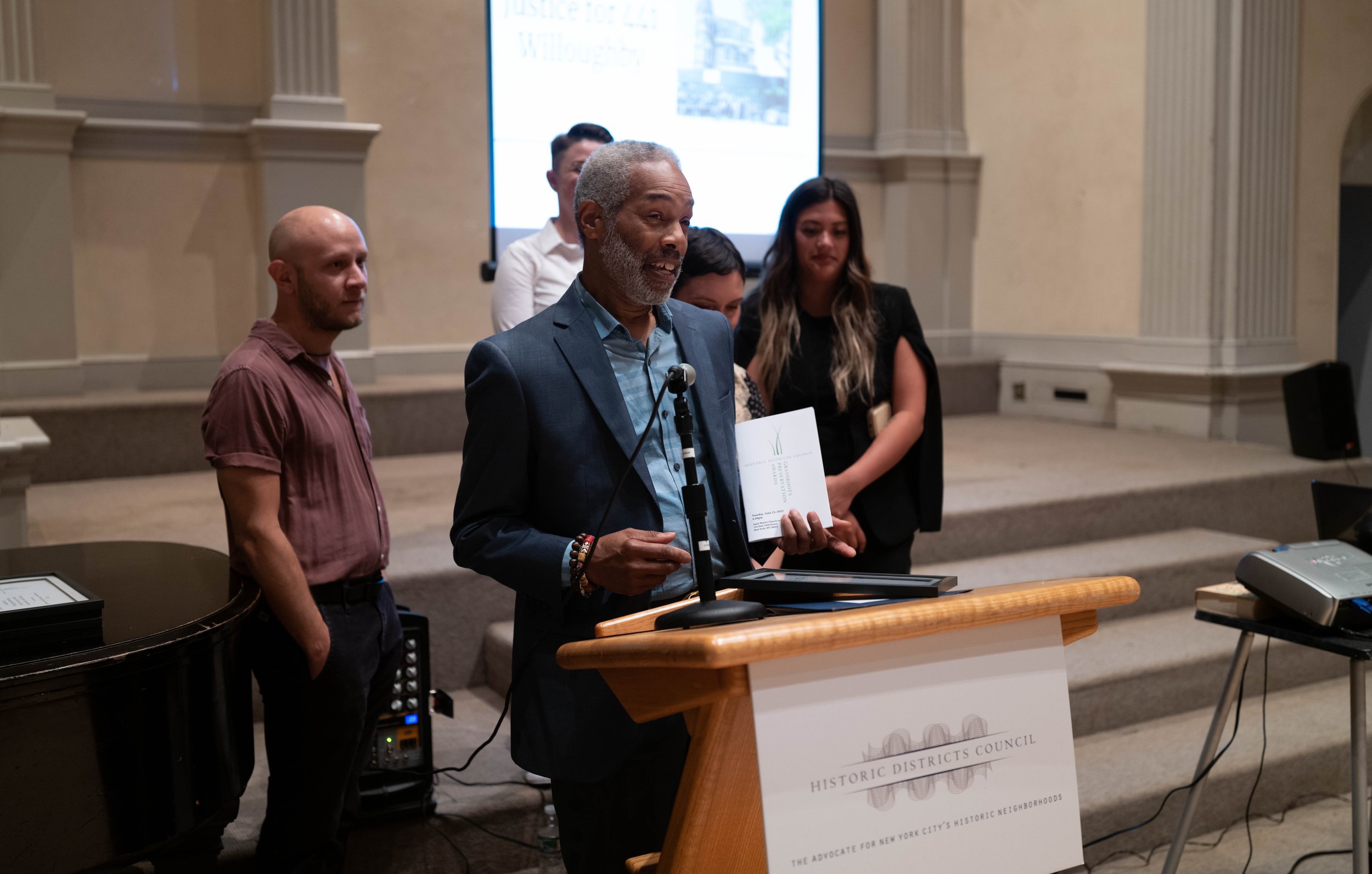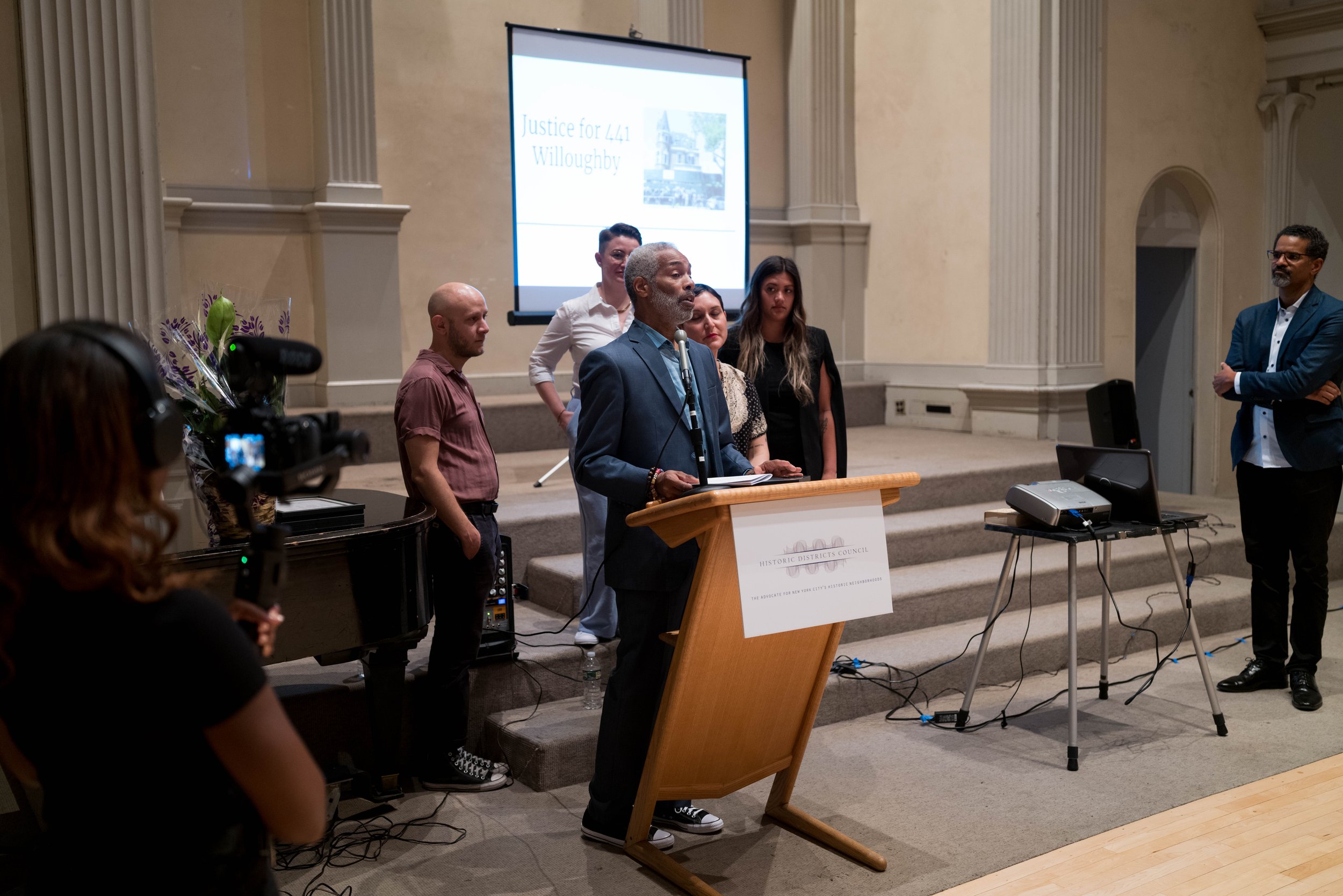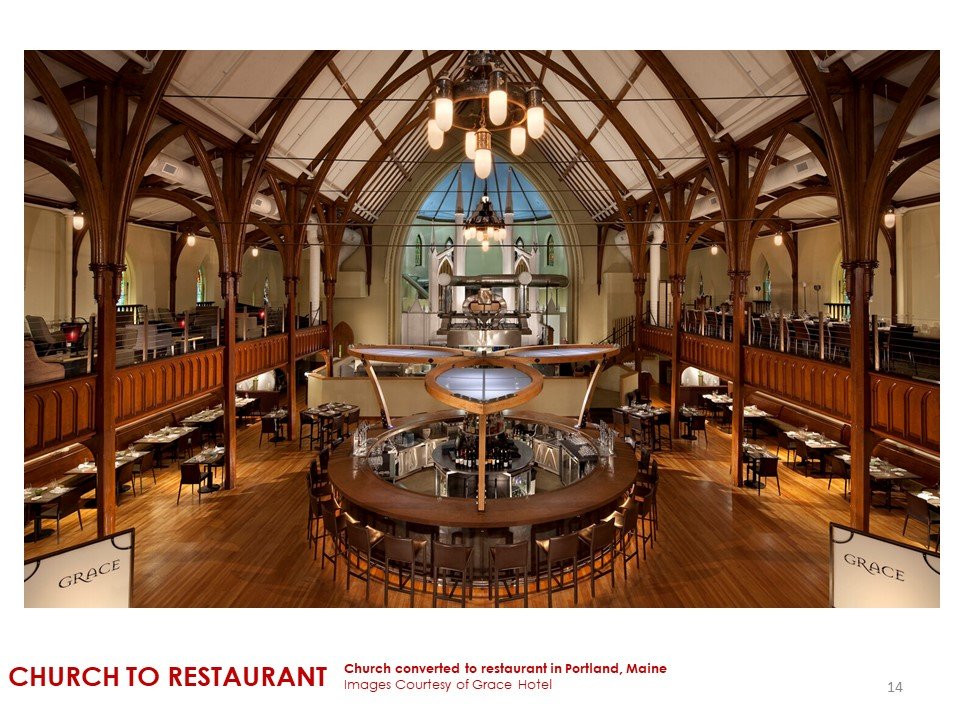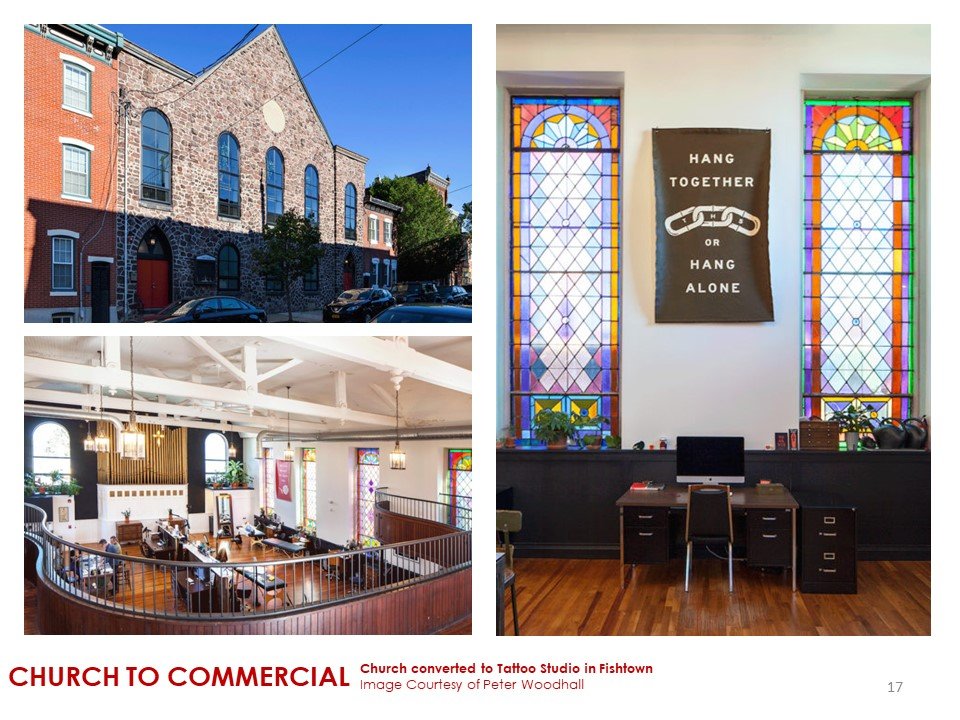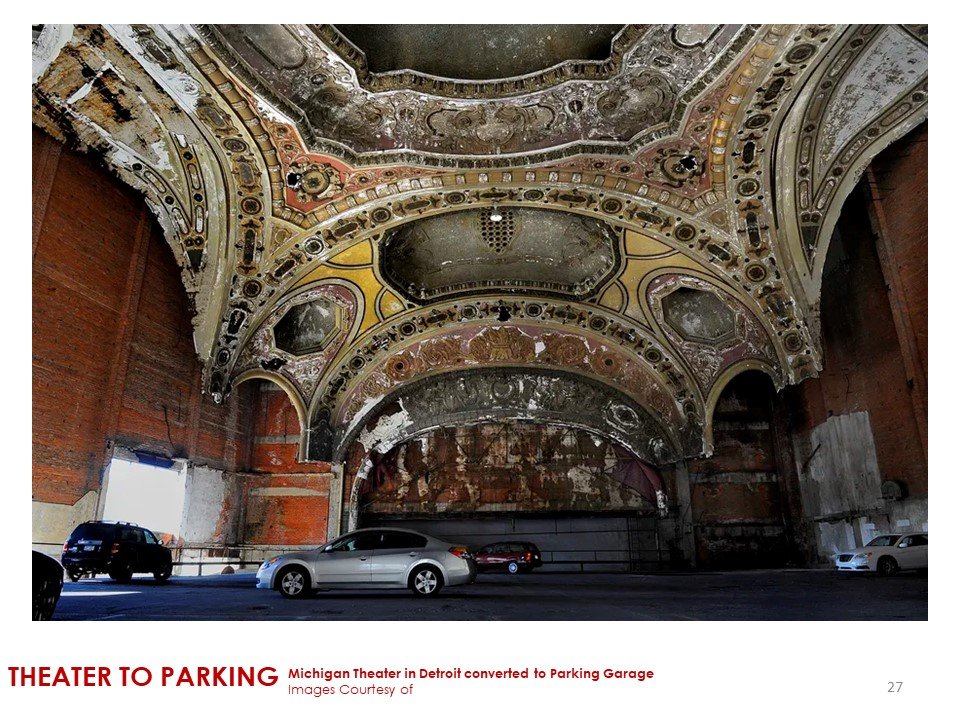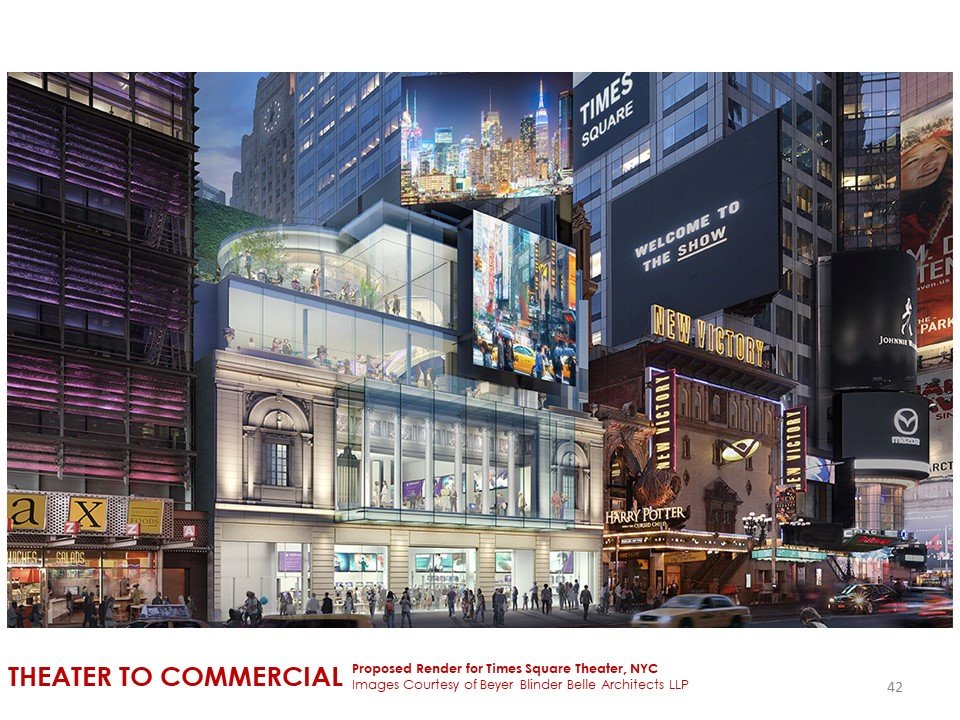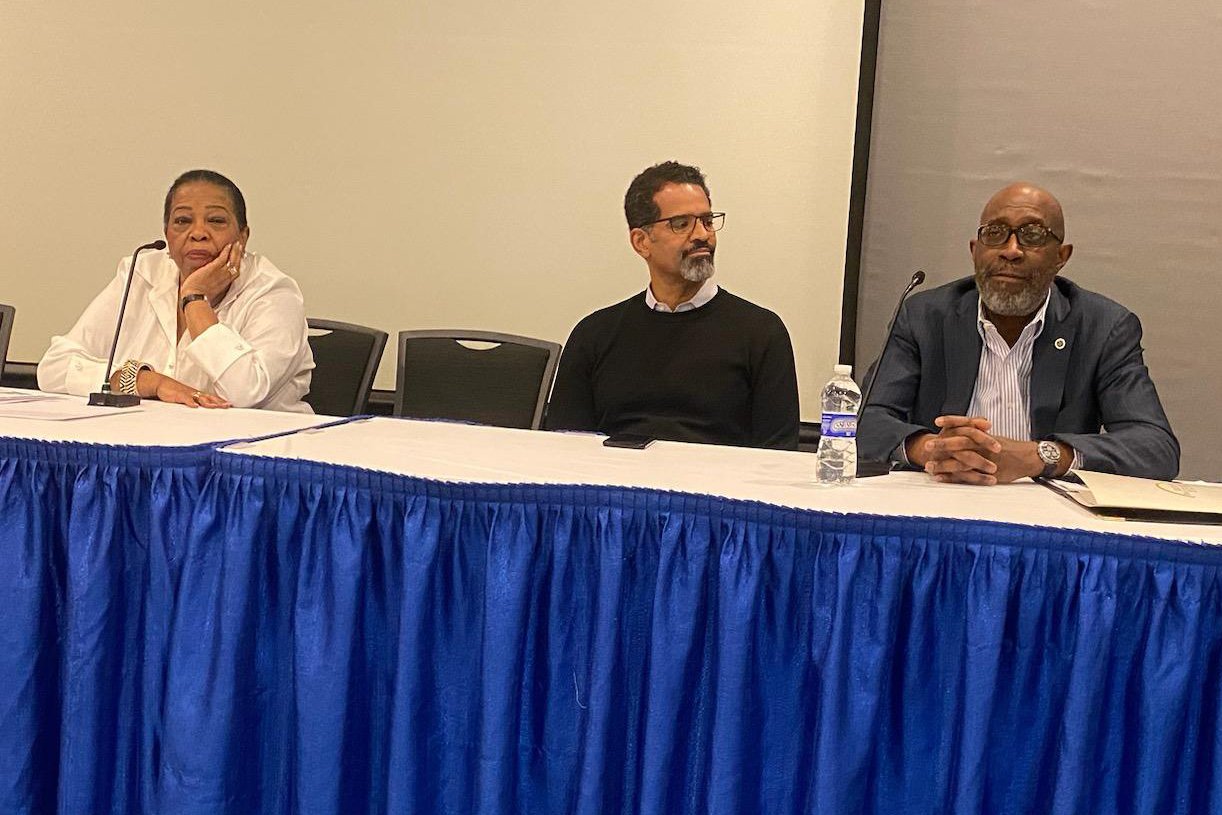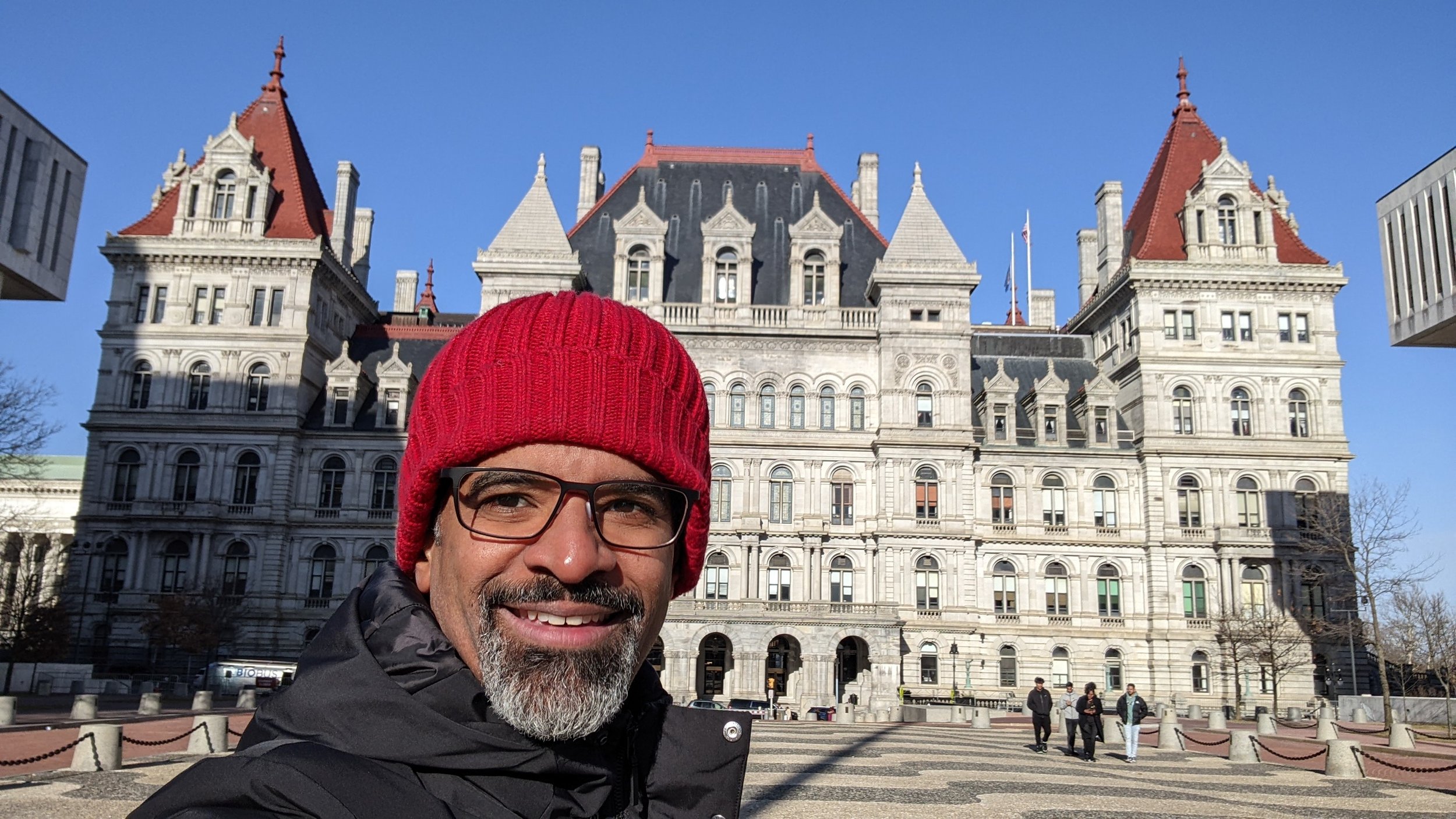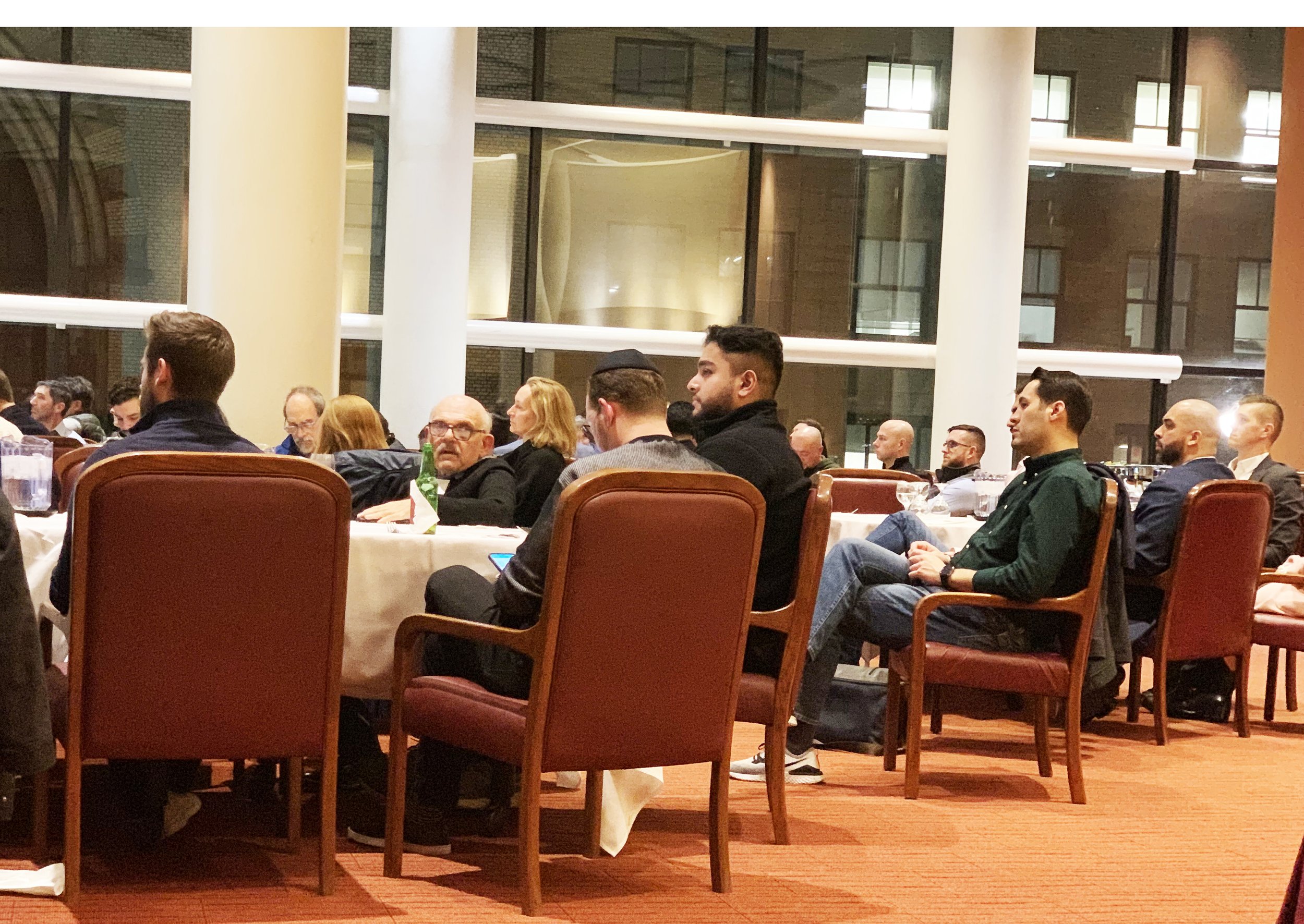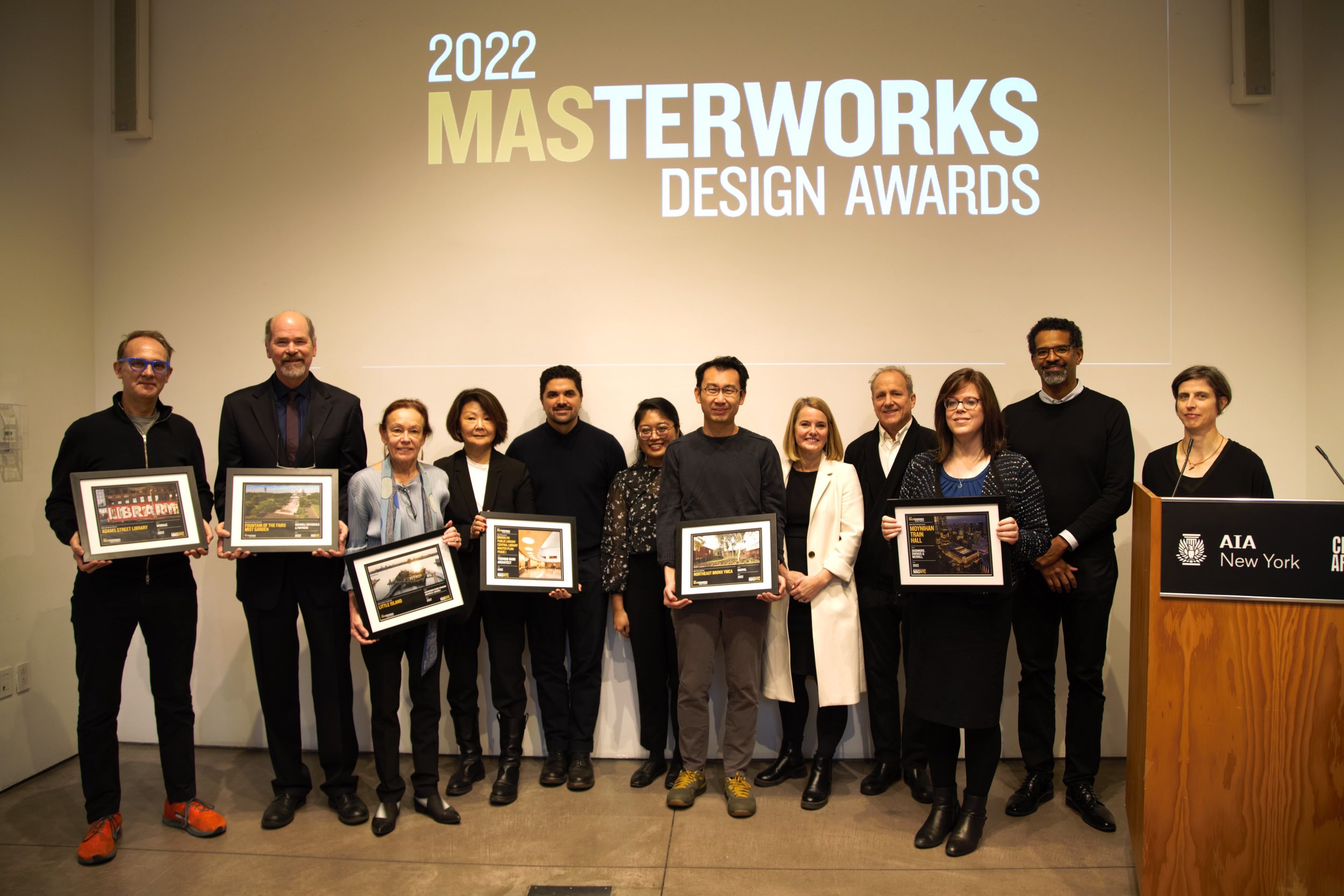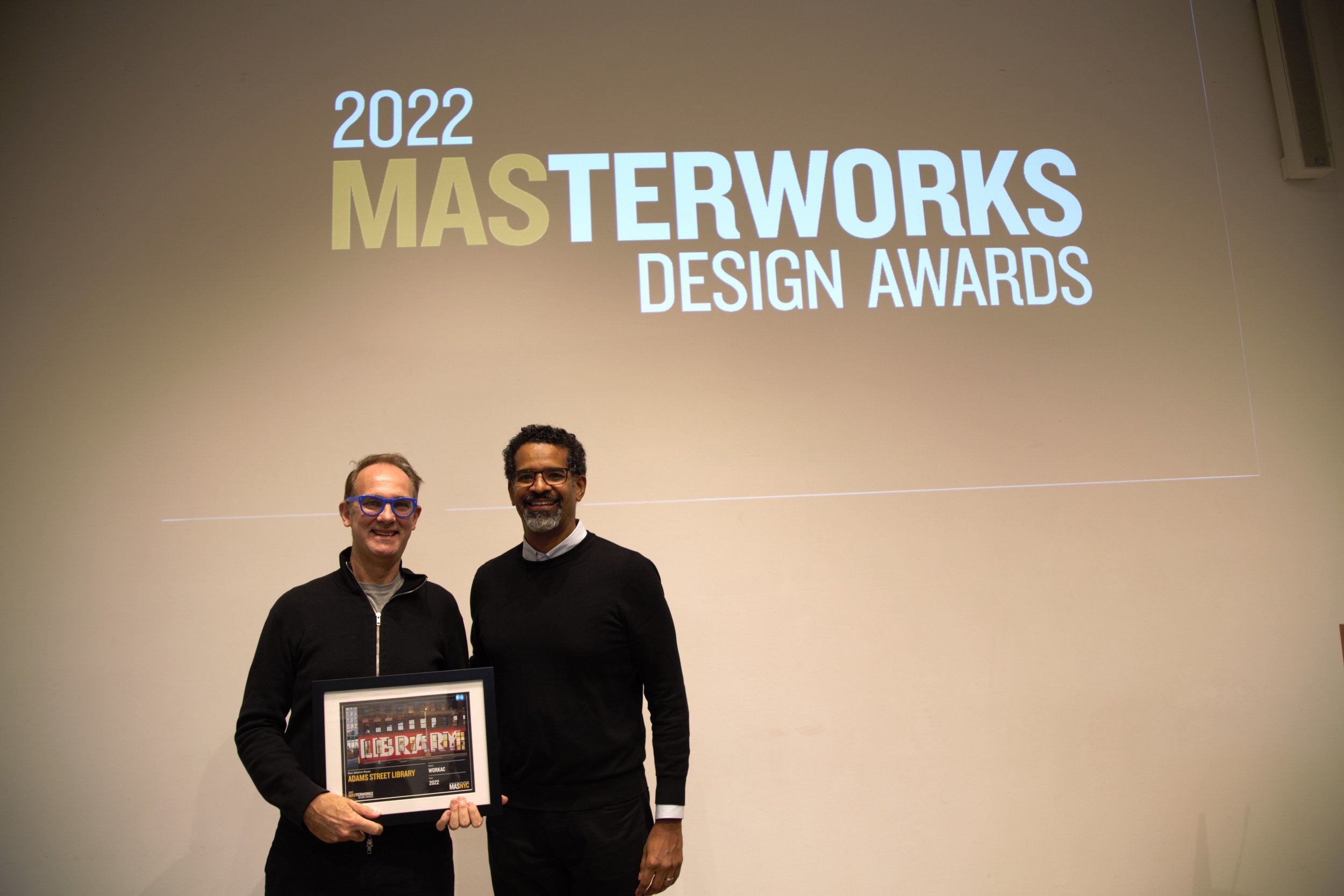On May 31st, Reglazing Modernism co-author and Docomomo International Chair Uta Pottgiesser delivered the closing keynote at the 2024 Docomomo US Symposium at the University of Miami in Coral Gables, Florida. Her talk, entitled “Challenges of Modernity and their Impact on Modern Movement,” addressed global challenges like climate change, conflicts, and digitalization, which are, increasingly, issues facing Docomomo International and its members. Showcasing current projects, publications (including Reglazing Modernism), and cooperation related to documentation and conservation efforts internationally, Uta’s presentation offered a variety of examples from different continents, typologies and scales.
Docomomo champions the ideas and heritage of the Modern Movement and provides a platform to exchange knowledge relating to history, conservation technology, education, and training. This year’s conference theme, Streams of Modernity: Postwar to Postmodern, promoted a broader understanding of the accomplishments of postwar to Postmodern architecture and culture in South Florida, the Caribbean, and Latin America. The group explored Tropical Brutalism, Postwar campus planning in the (sub)tropics, LGBTQ+ Modernism, Postwar tourism, urban renewal and Interstate infrastructure, Modern architecture and popular culture in south Florida, polychrome Modern and the integration of the arts, and more.
Coincidentally, Uta arrived in Miami from Delft, Netherlands, the location of Docomomo’s original founding. There, she works as Professor of Heritage & Technology at TU Delft (Faculty of Architecture and the Built Environment) in the Netherlands. Uta is also Professor of Building Construction and Materials at TH OWL. With more than twenty-seven years of experience as a practicing architect and research scientist concerned with the protection, reuse and improvement of the built heritage and environment, her academic focus is on sustainable building construction and the preservation of Modern heritage. Uta co-wrote the award-winning, full-length book, Reglazing Modernism ― Intervention Strategies for 20th Century Icons, with AYON Studio Principal Angel Ayón. Their collective effort won the 2021 Lee Nelson Book Award from APT International.



















